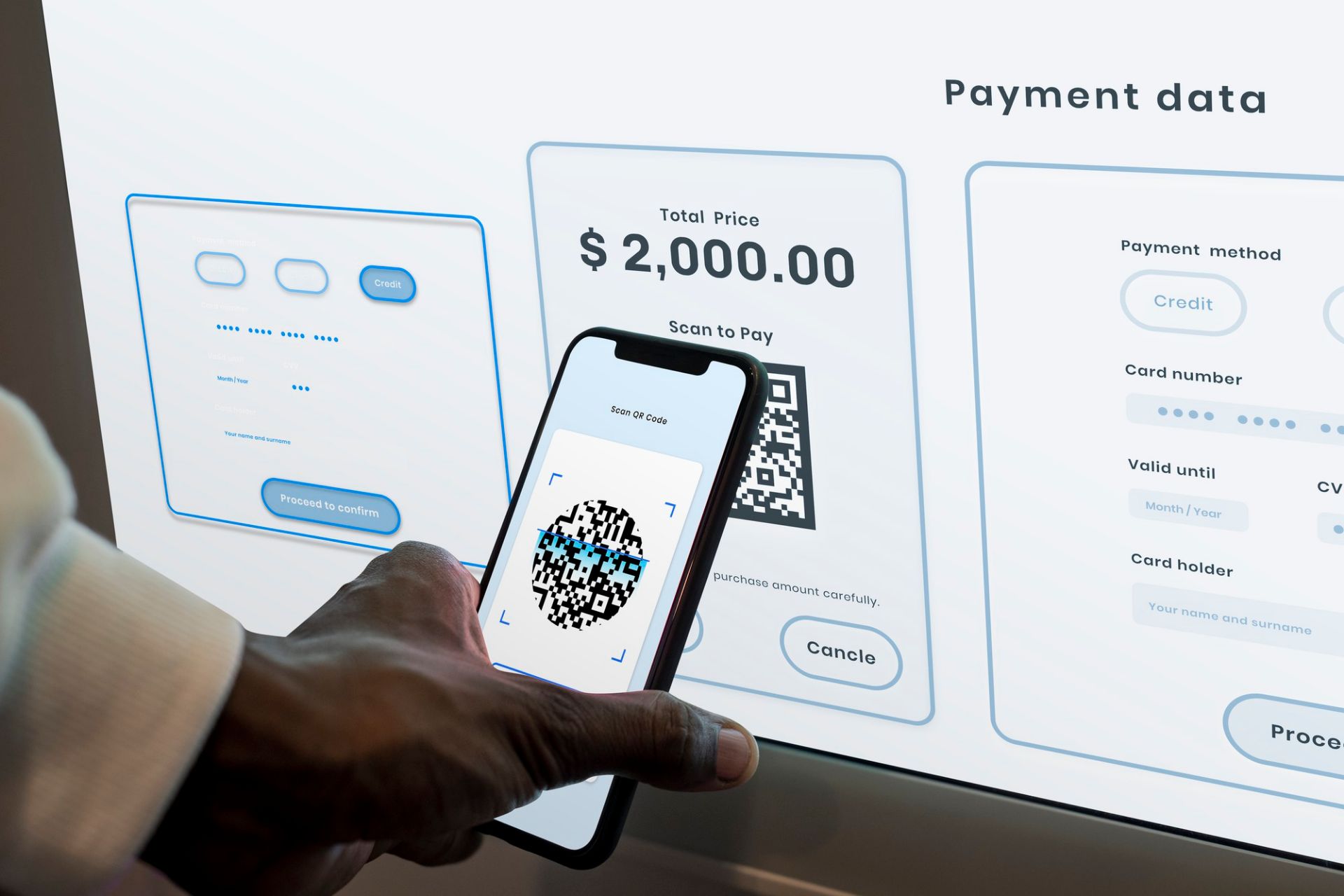Efficiency is paramount in today’s business era. With the advent of technology, traditional paper-based invoicing has given way to digital invoices. In this comprehensive guide, we’ll delve into the intricacies of digital invoices, their benefits, and how they can transform your business operations.
Digital Invoices
What Are Digital Invoices?
Digital invoices, also known as e-invoices or electronic invoices, are digital counterparts of traditional paper invoices. They are generated and exchanged electronically, eliminating the need for physical paperwork. These invoices can take various forms, such as PDFs, emails, or structured data files.
The Evolution of Invoicing
Invoicing has come a long way from handwritten bills and snail mail. Digital invoices have revolutionized the way businesses send and receive payment requests. Technological advancements have driven this evolution, making invoicing faster, more accurate, and eco-friendly.
Advantages of Digital Invoices
Efficiency: Digital invoices streamline the invoicing process, reducing the time and effort required.
Cost-Effective: They save money on printing, postage, and storage costs.
Accuracy: Minimize errors and discrepancies in invoicing.
Environmentally Friendly: Reduce paper waste and environmental impact.
Accessibility: Access invoices from anywhere with an internet connection.
Enhancing Efficiency
One of the primary advantages of digital invoices is their ability to enhance efficiency. Gone are the days of manually creating and sending invoices via postal services. With digital invoices, businesses can create, send, and track invoices with just a few clicks.
Cost Savings
Printing and mailing paper invoices can be expensive. Digital invoices significantly reduce these costs, making it an economically sound choice for businesses of all sizes.
Accuracy and Error Reduction
Human errors in manual invoicing can lead to disputes and payment delays. Digital invoices minimize these errors by automating calculations and ensuring consistency.
Environmentally Friendly
In an era of increasing environmental awareness, adopting digital invoices can contribute to a greener business approach by reducing paper usage.
Accessibility Anytime, Anywhere
Digital invoices are accessible online, allowing businesses and clients to access them from anywhere, facilitating quicker payment processing.
Implementing Digital Invoices
Getting Started
Transitioning to digital invoices is a straightforward process. Here are the key steps to get started:
Step 1: Choose an Invoicing Software
Select a reliable invoicing software that suits your business needs. Popular options include QuickBooks, FreshBooks, and Zoho Invoice.
Step 2: Customize Your Templates
Customize your digital invoice templates to reflect your brand identity. This includes adding your logo, contact details, and payment terms.
Step 3: Input Invoice Details
Enter the invoice details, including the client’s information, invoice date, due date, and a breakdown of the products or services provided.
Step 4: Send the Digital Invoice
With a few clicks, send the invoice via email to your client. Most invoicing software allows you to track when the invoice is opened.
Integrating Payment Gateways
To further streamline your invoicing process, consider integrating payment gateways. Popular options like PayPal, Stripe, and Square make it easy for clients to pay electronically.
FAQs
1. Are digital invoices legally valid?
Yes, digital invoices are legally valid in many countries. However, it’s essential to comply with local regulations and keep proper records.
2. Can I send recurring invoices digitally?
Absolutely. Most invoicing software allows you to set up recurring invoices for ongoing services.
3. How do I prevent digital invoice fraud?
To prevent fraud, use secure invoicing software and educate your staff about recognizing phishing attempts.
4. Can digital invoices be converted into paper copies?
Yes, you can print digital invoices if needed, although the aim is to reduce paper usage.
5. Are there any disadvantages to digital invoices?
While digital invoices offer numerous benefits, some clients may still prefer traditional paper invoices. It’s essential to cater to their preferences when necessary.
6. What data should be included in a digital invoice?
A digital invoice should include your business details, the client’s information, a unique invoice number, date, payment terms, a description of products or services, and the total amount due.
7. How can I ensure my digital invoices are secure?
Choose a reputable invoicing software with robust security features and consider using encryption for sensitive data.
8. Do digital invoices have an expiration date?
Digital invoices typically don’t have an expiration date, but it’s a good practice to specify a due date for payment.
9. Can I track whether a client has viewed my digital invoice?
Yes, many invoicing platforms offer read receipt notifications, allowing you to track when the client opens the invoice.
10. How can I encourage clients to pay promptly with digital invoices?
Offer convenient payment options, set clear payment terms, and send timely reminders to encourage prompt payments.
Conclusion
The adoption of digital invoices is a game-changer for businesses aiming to streamline operations, reduce costs, and embrace a more eco-friendly approach. In the digital age, staying ahead means simplifying processes, and digital invoicing is at the forefront of this transformation. Embrace this technology today, and watch your business thrive in the modern world of commerce.
